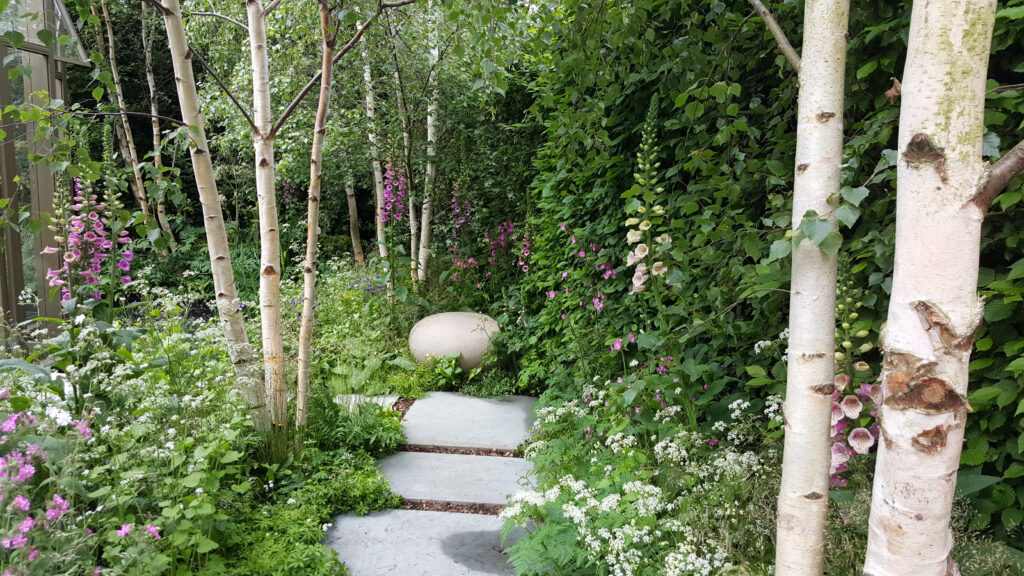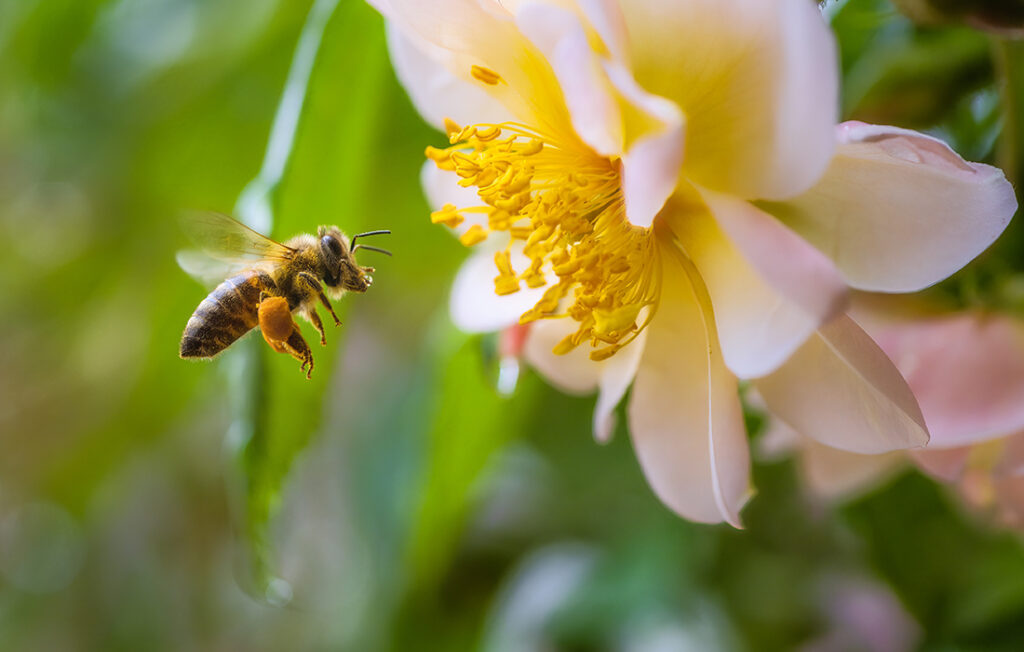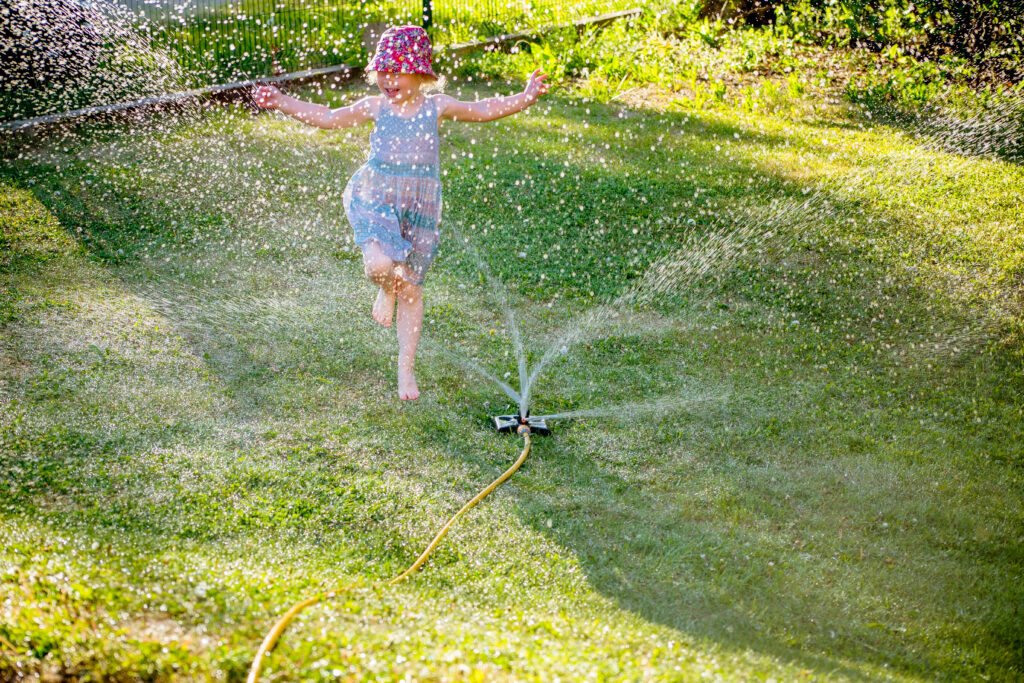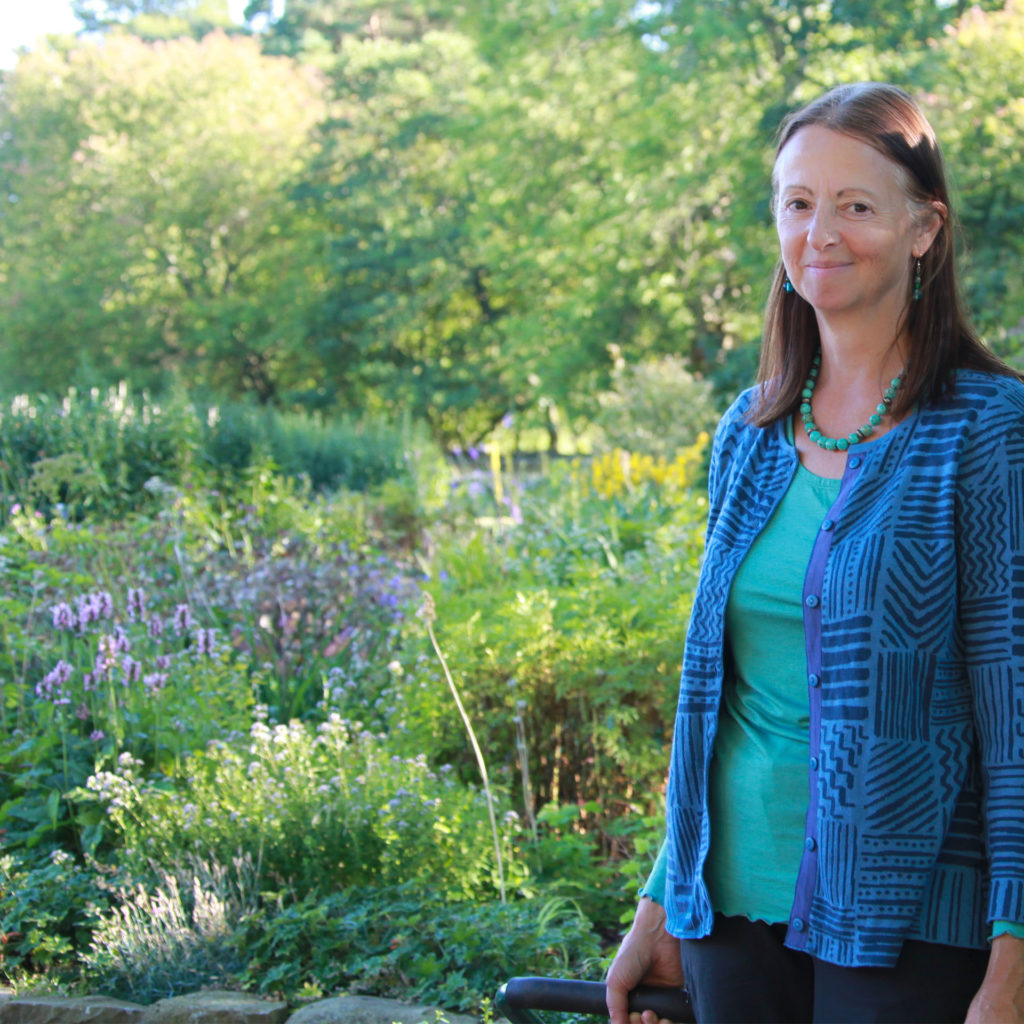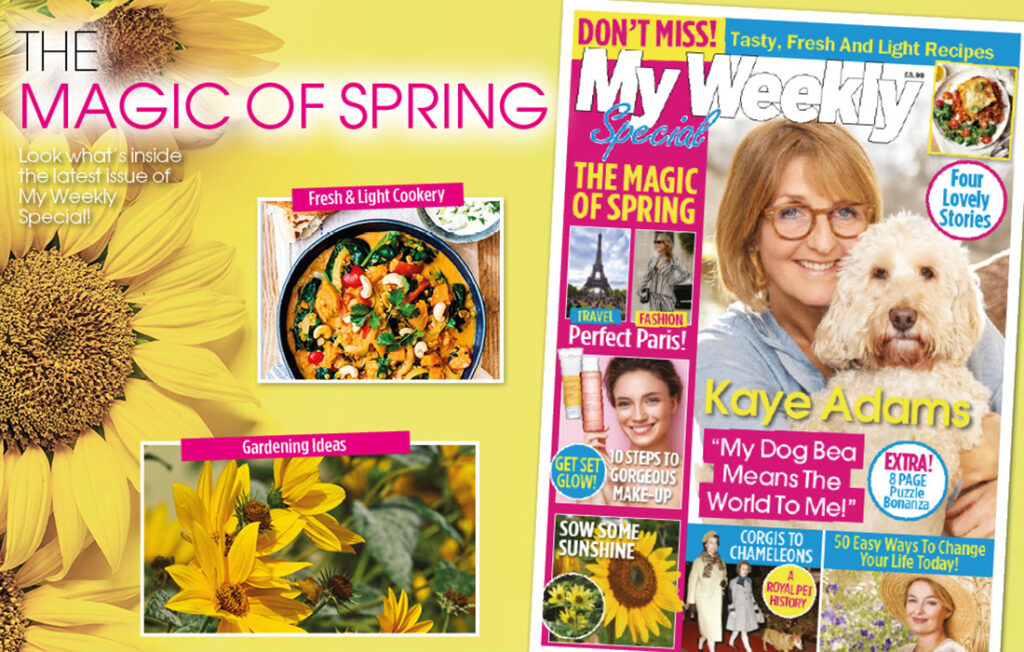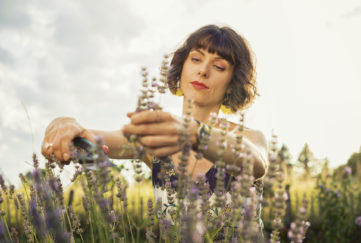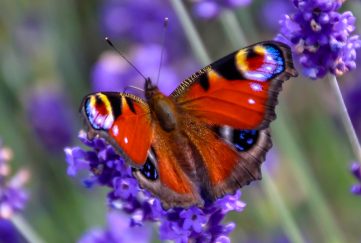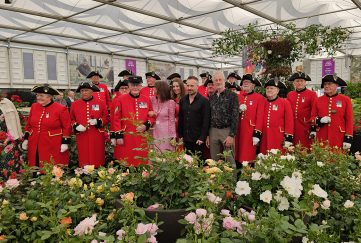Should You Think Twice About Artificial Grass?
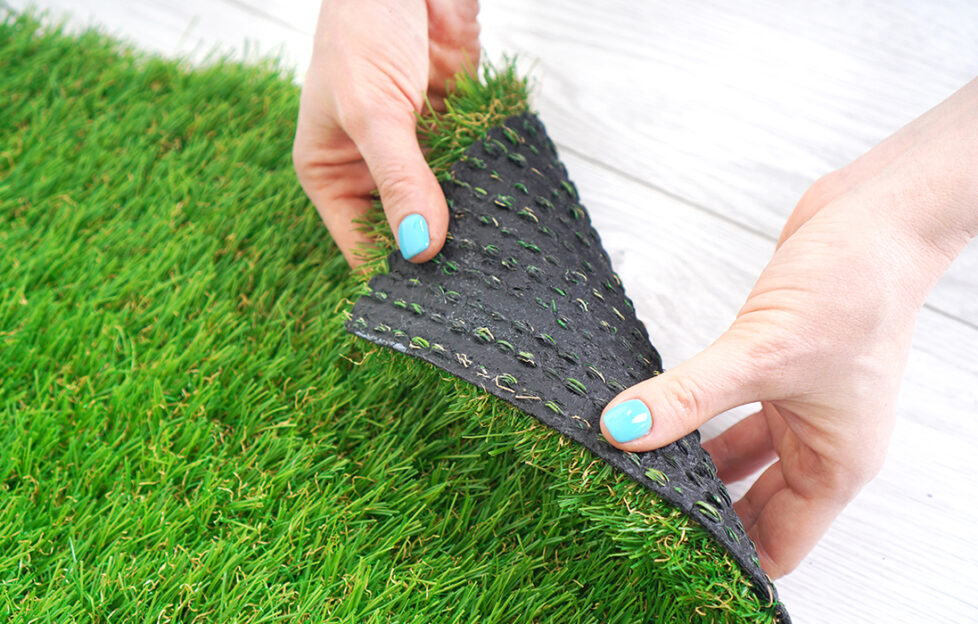
Artificial grass may look aesthetically pleasing… but what about wildlife?
In the UK, we’re waking up to the need to reduce single use plastics. Food outlets now offer paper straws and bamboo disposable cutlery rather than plastic. Reusable carrier bags are a habit for supermarket shopping, and most brands are reducing packaging. You can even buy plastic-free toothpaste tablets and shampoo bars!
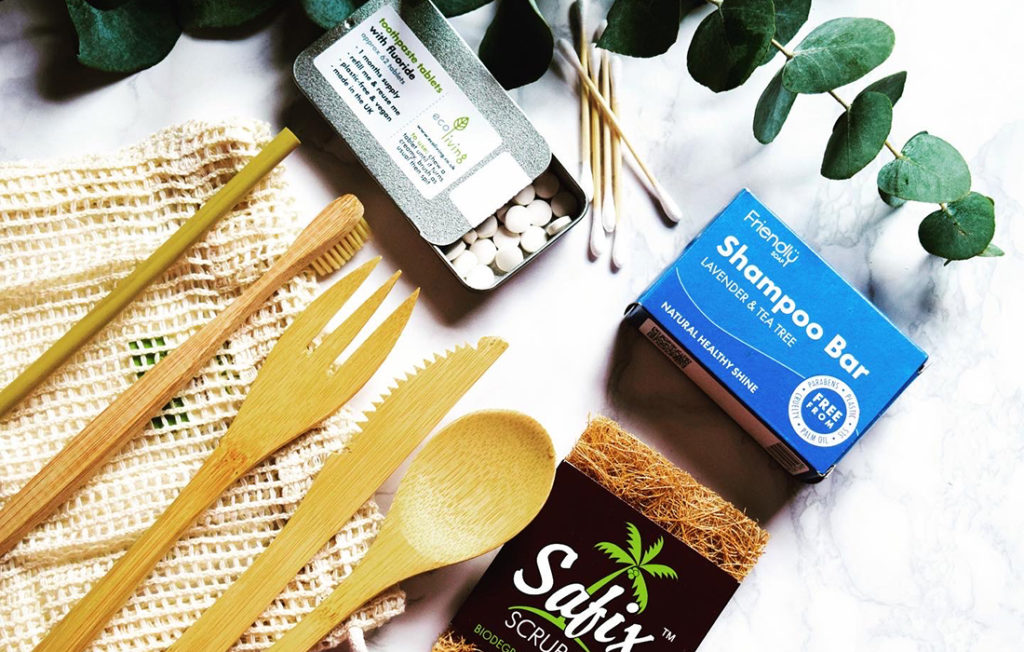
Plastic-free hamper from AWFW
At the same time, there’s a rise in awareness of how vital gardens are as wildlife havens. From pollinating insects to visiting birds and the much-loved hedgehog, our small plots can offer a lifeline for hundreds of species.
TV gardening experts, and even the competitors at Chelsea Flower Show, have a renewed focus on saving the planet with considerate planting.
Yet one in 10 gardens in the UK is now covered by plastic turf.
What’s in a fake turf lawn?
A study by The Grass People has calculated the equivalent number of single-use plastic items used in the average-sized garden fitted with artificial grass.
In an average garden-sized piece of artificial turf, there is enough plastic to make:
- 59,375 plastic bags
- 950,000 plastic straws
- 23,750 toothbrushes
The pros and cons
The popularity of fake grass is largely due to it being hard-wearing, needing no maintenance and keeping its colour even in dry spells. However…
- Artificial grass can contribute to more water runoff in areas susceptible to flooding – not just individual gardens.
- Fake turf actually blocks the soil beneath for burrowing insects, such as solitary bees and worms, which are then starved of food. A global decline in insect species is a major environmental concern, and plastic turf provides no food for living creatures.
- Plastic grass can also cause injury through friction burns if kids (or adults) are playing on it. This means it isn’t always a family-friendly option.
- It can also be tricky for families with pets, as cleaning up after their mess can be difficult from the surface. While dog urine can damage real grass, it can be easily treated and will always grow back, whereas it will stain fake turf.
- Artificial grass retains heat, whereas natural grass has a cooling effect in our increasingly hot summers. A study by the University of Plymouth states, “Artificial grass reaches significantly greater temperatures than those reached by natural grass under the same weather conditions. Plastic lawns can overheat in hot weather making them unusable.
- The university researchers add, “Artificial grass can contribute to global warming by absorbing significantly more radiation than living grass, as well as displacing living plants that could remove carbon dioxide through photosynthesis.”
Find out more here: thegrasspeople.com/how-much-plastic-is-in-gardens/
plymouth.ac.uk/discover/why-are-artificial-lawns-bad-for-the-environment
theguardian.com/cities/2019/aug/02/turf-it-out-is-it-time-to-say-goodbye-to-artificial-grass

